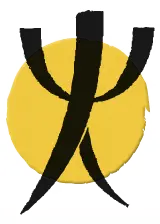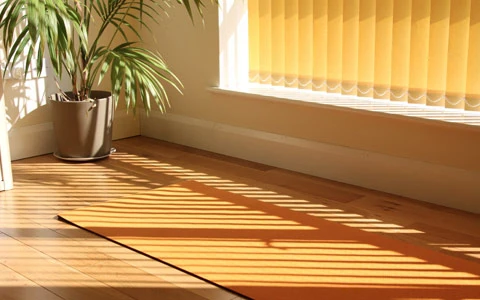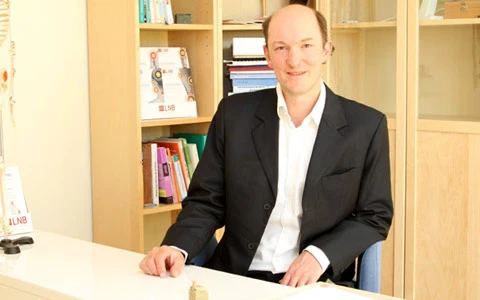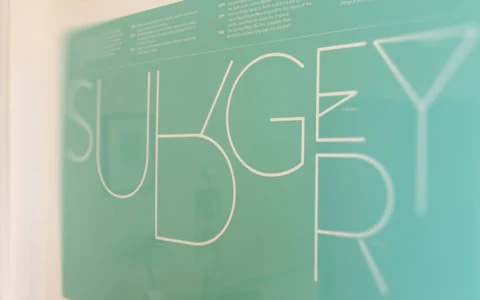Lower Back Pain or The Curse Of Sitting
People in the Western world suffer a growing problem. It’s called lower back pain (LBP).
According to Wikipedia approximately 9 to 12% of people (632 million) have LBP at any given point in time. Nearly 25% report having it at some point over any one-month period. About 40% of people have LBP at some point in their lives, with estimates as high as 80% among people in the developed world.
Now why is that? Why would the number for the developed world be double as high? The reason is hours and hours of sitting. Some people even say sitting is the new smoking. However it is nowadays one of the most common reasons for lower back pain.
How does that work?
Most people with lower back pain are so concerned with the area they feel pain in, they don’t realize, that the initial problem lies in the front. Based on my previous articles we know already that tension in myo-fascial tissue is the main reason for pain. Structural damage, like osteo-arthritis or disc damage is usually not the cause. It is rather the secondary effect of long term tension. When we sit we shorten our muscles in the front. Specifically the pectoral and the abdominal muscle and the hip flexor. Our brain is constantly adjusting our muscles to our every day needs. If we don’t do exercise to balance out the shortness in the front, we have to build tension in the back in order to be able to stand up straight. What happens then is the source of all problems. Now we have tension in the front and in the back. That puts the structures inbetween, such as the joints, the discs and the bones under massive pressure. Once we reach a certain level of pressure the body warns us of long term damage. It’s triggering pain in the lower back and buttocks.
What’s the way out, how do we find the balance again?
The problem develops from short abdominal and hip flexor muscles, causing strong muscle tension in the lower back and gluteal area. The solution is stretching. In order to make the muscles and soft tissue more flexible, to create less pressure on, and therefore more room for the joints and discs.
Some very useful stretches borrowed from yoga are the cobra, the one leg pigeon, the sitting forward bend, or the half lord of the fishes. In LNB pain therapy we use similar stretches but adapted to specifically treat pain more effectively.
Do you experience back pain in the morning when you get up?I highly recommend you sleep on your back most of the time. Because sleeping sideways with your knees pulled up is just the same as a sitting position. As you just learnt that shortens the soft tissue of your front. If you like to usually sleep sideways, this will take some effort and training to get used to, but you will be rewarded after a few weeks. Next time I will tell you my basic rules of stretching, so you can achieve the best effect for pain reduction for the long term.



